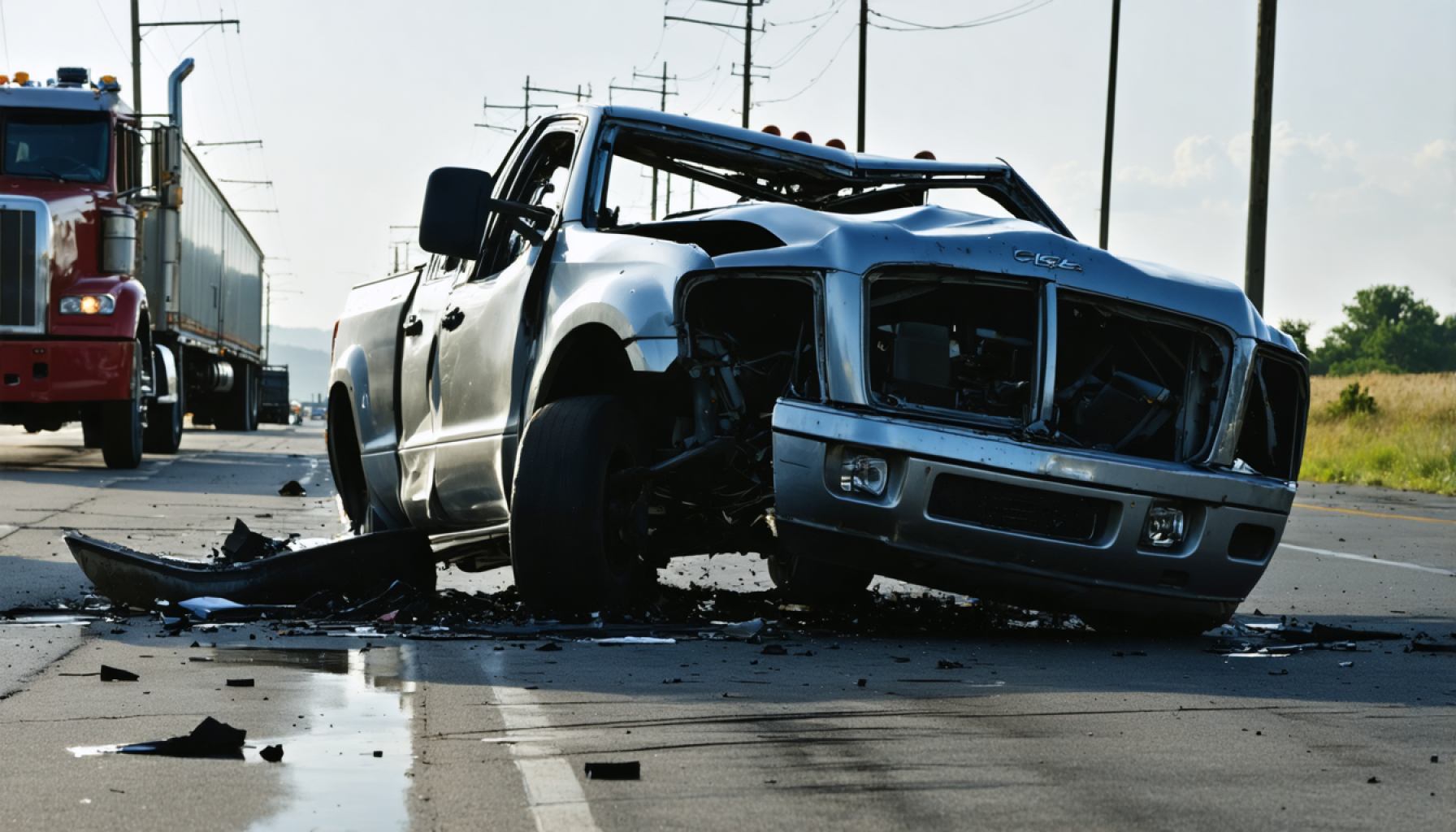- A small jet crash-landed near Silver View Lane in Fort Worth, igniting a fire and prompting a rapid response from emergency teams.
- Both passengers aboard the jet were involved in the aerial incident, as recorded by local authorities and shared across social media.
- A separate incident occurred when a semi-truck became lodged under a low bridge near State Highway 183 and State Highway 360.
- Emergency crews worked tirelessly at both sites to manage fires, assist individuals, and clear the ensuing chaos.
- The incidents highlighted Fort Worth’s emergency response capabilities and underscored human resilience amid unforeseen disasters.
A clear Texan sky belied the chaos beneath as turbulence descended on Fort Worth. In the rural stretch near Silver View Lane, a small jet abruptly met the earth. Flames licked the nearby brush, igniting a scene of tension. The isolated road, now a stage, featured emergency responders battling the blaze that threatened to spread its fiery fingers further.
A ghost town of social media posts chronicled the moment, each describing the jet’s harrowing descent carrying only two souls. Local authorities, heads down, worked silently amidst the clamor, piecing together the fragmented narrative of this aerial tragedy.
Yet, Fort Worth’s day of misfortune did not end there. A mere few miles away, an imposing semi became the latest victim of a bridge’s low clearance. The massive truck wedged itself under the structure at the bustling juncture of State Highway 183 and State Highway 360. Initially unyielding, the bridge clung to its metallic capture, leaving bystanders with bated breath.
Two individuals found themselves ensnared in this mishap, their fates carried swiftly to the domain of fire crews and rescue teams. The site, now populated with flashing lights and concerned murmurs, bore the weight of anxious energy.
Fort Worth stood at the center of dual calamities, each unfolding with a dramatic urgency that left the city in a suspended state. As traffic slowed and hearts quickened, two rescue efforts raced against time—a testament to both human vulnerability and resilience when skies and paths betray.
Disaster Strikes in Fort Worth: Lessons and Insights
How-To Steps & Life Hacks
1. Emergency Preparedness: Having a personal emergency plan can save lives. Ensure all family members know evacuation routes and how to contact each other in case of separation.
2. Vehicle Safety: Always be cautious around large vehicles, particularly in low-clearance areas. Double-check clearance signs before proceeding under bridges or tunnels.
Real-World Use Cases
– Crisis Management Training: This incident underscores the importance of regular training for emergency responders. Drills should incorporate scenarios like plane crashes and vehicular accidents to enhance readiness and coordination.
– Infrastructure Review: Cities with heavy vehicle traffic should periodically audit bridges and tunnels for adequate height signage and structural integrity to prevent accidents like the semi-truck incident.
Market Forecasts & Industry Trends
– Aviation Safety Technologies: The rising use of UAVs and AI technologies, like real-time monitoring and predictive maintenance, promise to enhance safety in aviation moving forward.
– Transportation Infrastructure Investment: Expect increased investment in smart infrastructure with sensors and warning systems to prevent accidents due to low clearances or other structural issues.
Features, Specs & Pricing
– Emergency Response Vehicles: Modern fire trucks and emergency vehicles are equipped with thermal imaging cameras, state-of-the-art rescue tools, and advanced communication systems to improve efficiency in crisis situations.
Security & Sustainability
– Sustainable Aviation: The push for greener aviation technology involves exploring alternative fuels and more efficient aircraft designs, aiming to reduce the environmental impact of flight operations.
– Bridge Safety Systems: Implementation of IoT sensors that can provide real-time data on bridge structural health and alert systems for vehicles exceeding height limits.
Insights & Predictions
– Increased Safety Regulations: Expect tighter regulations and more robust safety protocols in critical sectors like aviation and transportation infrastructure to mitigate future incidents.
– Technology Integration: Enhanced integration of AI and machine learning will likely revolutionize emergency services, improving prediction, response times, and resource allocation.
Tutorials & Compatibility
– First Aid Kit Essentials: Knowing what to include in a first aid kit is crucial. Include items like bandages, antiseptic wipes, a CPR face shield, and a thermal blanket for emergencies.
– Emergency App Use: Leverage apps like the American Red Cross app to receive real-time alerts and safety tips.
Pros & Cons Overview
– Pros: Increased awareness and readiness following disasters often lead to improved safety measures and smarter infrastructure planning.
– Cons: Such incidents can cause widespread disruption, economic loss, and emotional trauma for those involved and the community.
Actionable Recommendations
1. Stay Informed: Subscribe to local alerts for immediate notifications about emergencies in your area.
2. Educate and Prepare: Participate in community safety workshops or online courses related to emergency preparedness and first aid.
3. Advocate for Change: Engage with local government initiatives to support infrastructure upgrades and advocate for technologies that enhance public safety.
For more information, resources, and community engagement, visit the City of Fort Worth’s official site.
